When I did my lens screening test on the Fujifilm 45-100 mm f/4 a few days ago, I noticed the corners were a bit soft wide open. Not soft for a zoom, mind you, but still substantially softer than the on-axis sharpness. I wondered if the softness was inherent in the lens, or was due in part to field curvature. So I performed a test with the same Siemens Star, this time focusing on the target for each shot, so that field curvature would not be a factor in the results.
I tested at f/4. f/5.6 and f/8, and at 45 mm and 100 mm focal lengths. Here’s the test scene, with the lens set to f/4 and 45 mm:
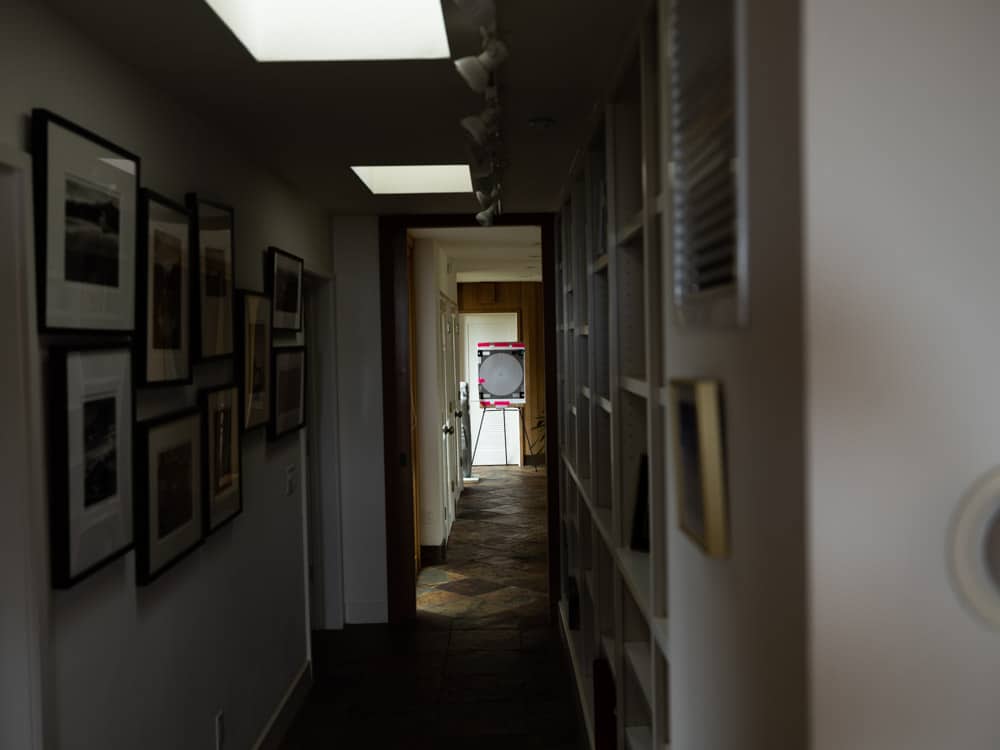
Target distance was 13 meters for the 45 mm shots, and 17 meters for the 100 mm ones.
Test conditions:
- The heaviest RRS legs
- Arca Swiss C1 head
- ISO 100
- Electronic shutter 1/10 at f/4, 1/5 at f/5.6, and 1/2.5 at f/8
- 2-second self-timer
- AF-S, medium spot size
- 3 sets of shots at each test condition
- Developed in Lightroom
- Picked best shot of each test condition
- Sharpening amount 20 radius 1, detail 0 (much less sharpening than the default)
- Adobe Color profile
- White balanced to grey background
We’ll look at some tight crops at about 180% magnification.
First, at 45 mm in the center:
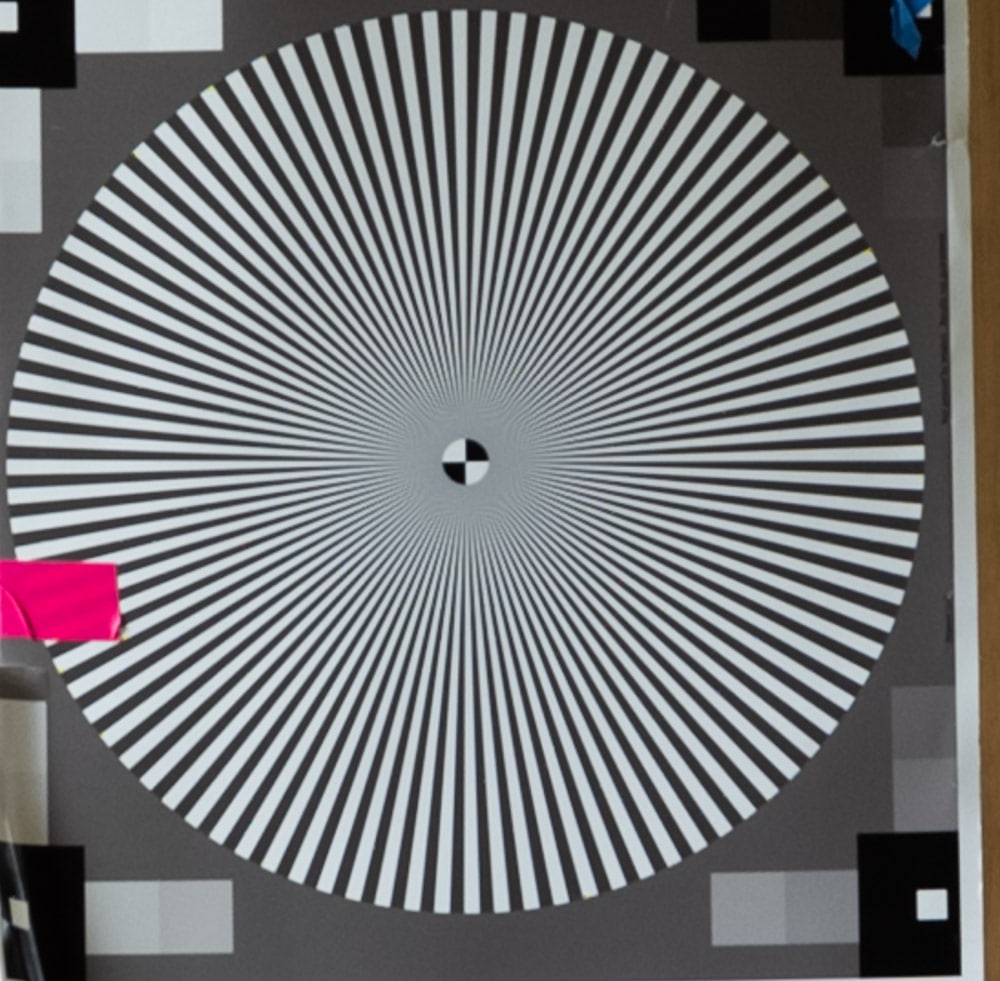
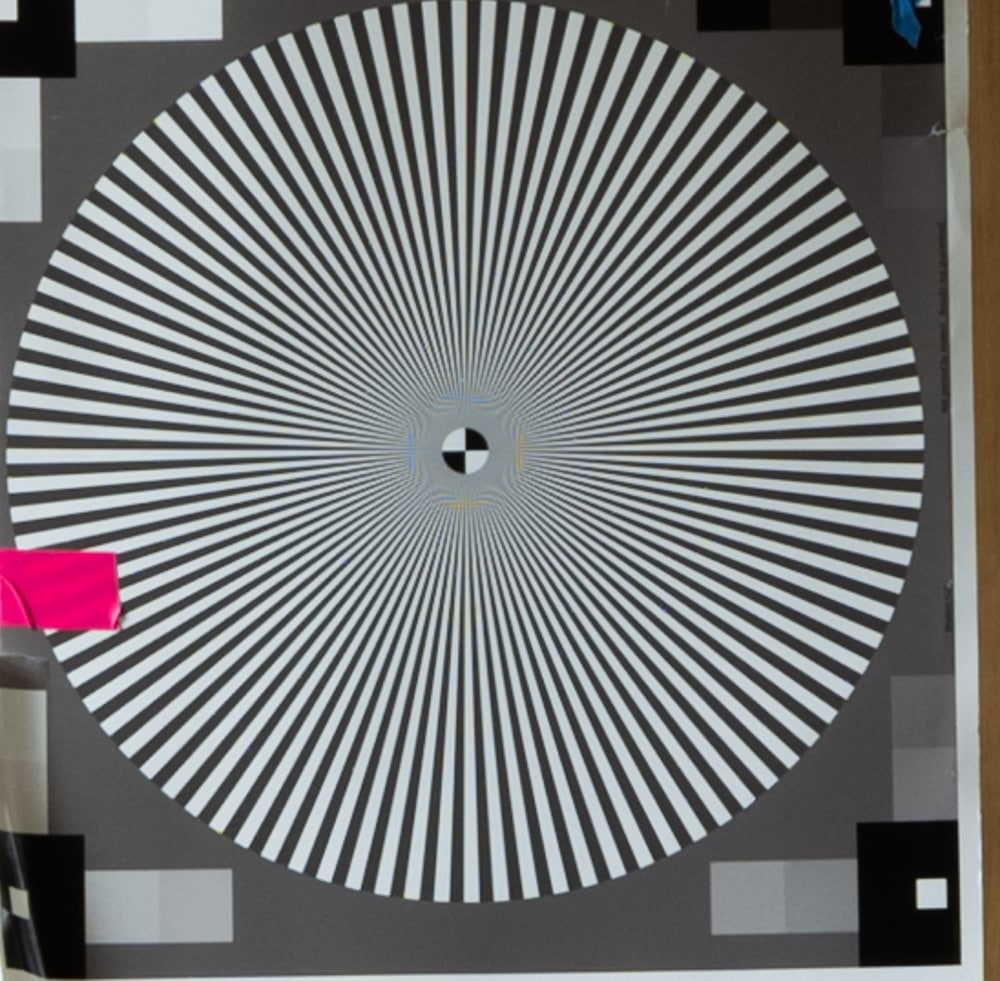
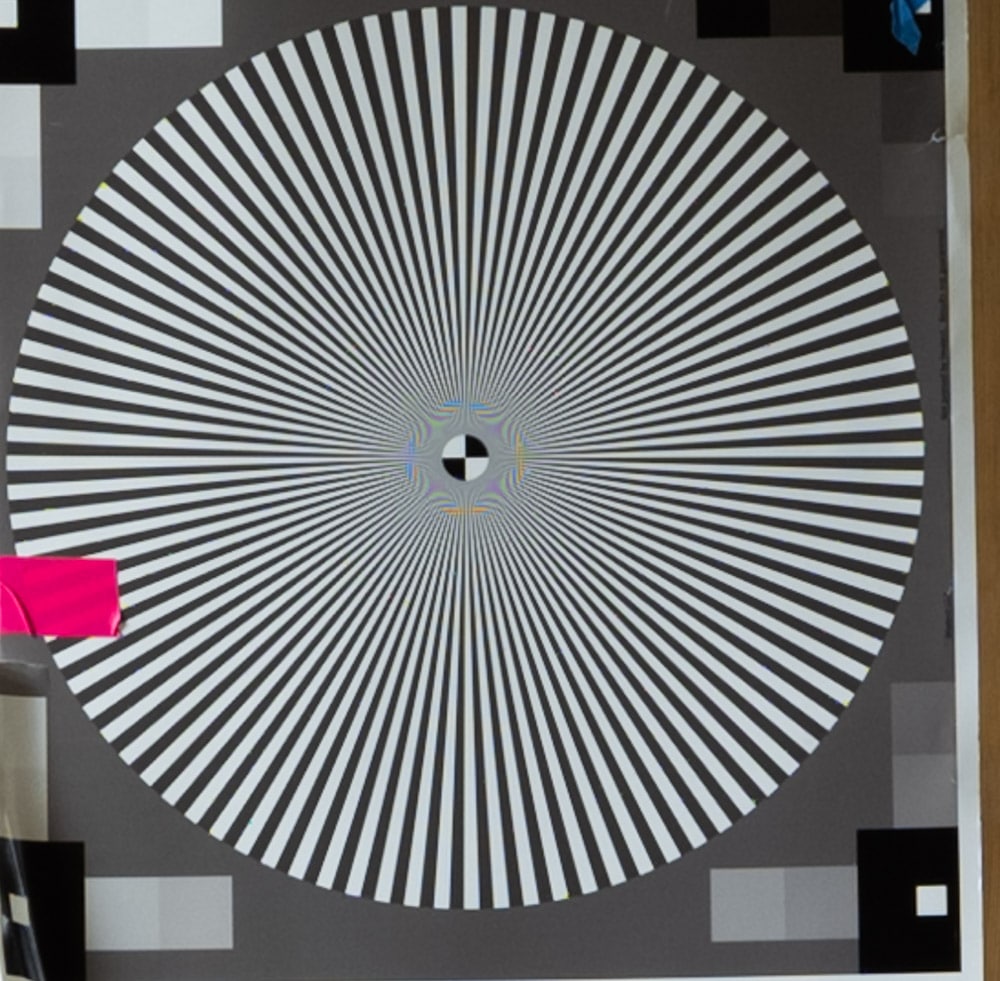
It looks like the sharpest stop is close to f/8.
In the upper-right corner:
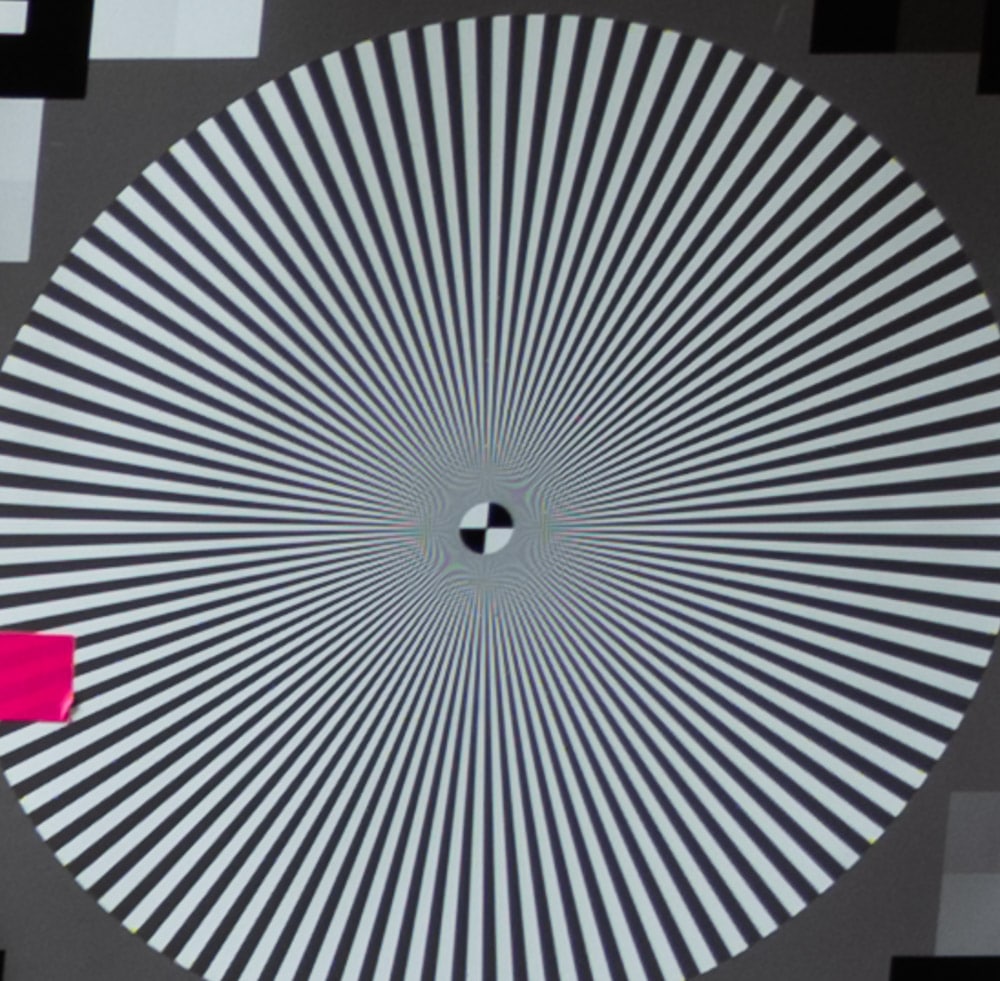
That is substantially sharper than the corner shots in the screening test, indicating that focus curvature did play a role in the corner sharpness there.
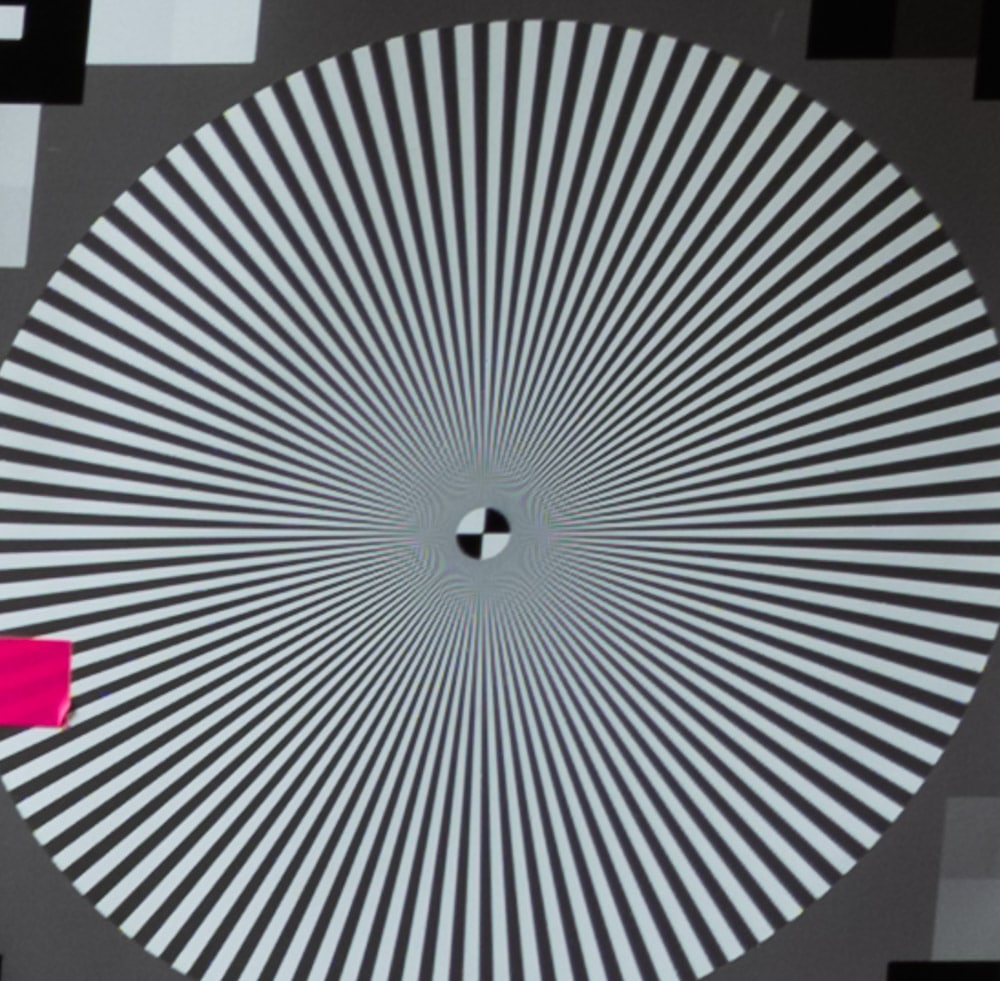
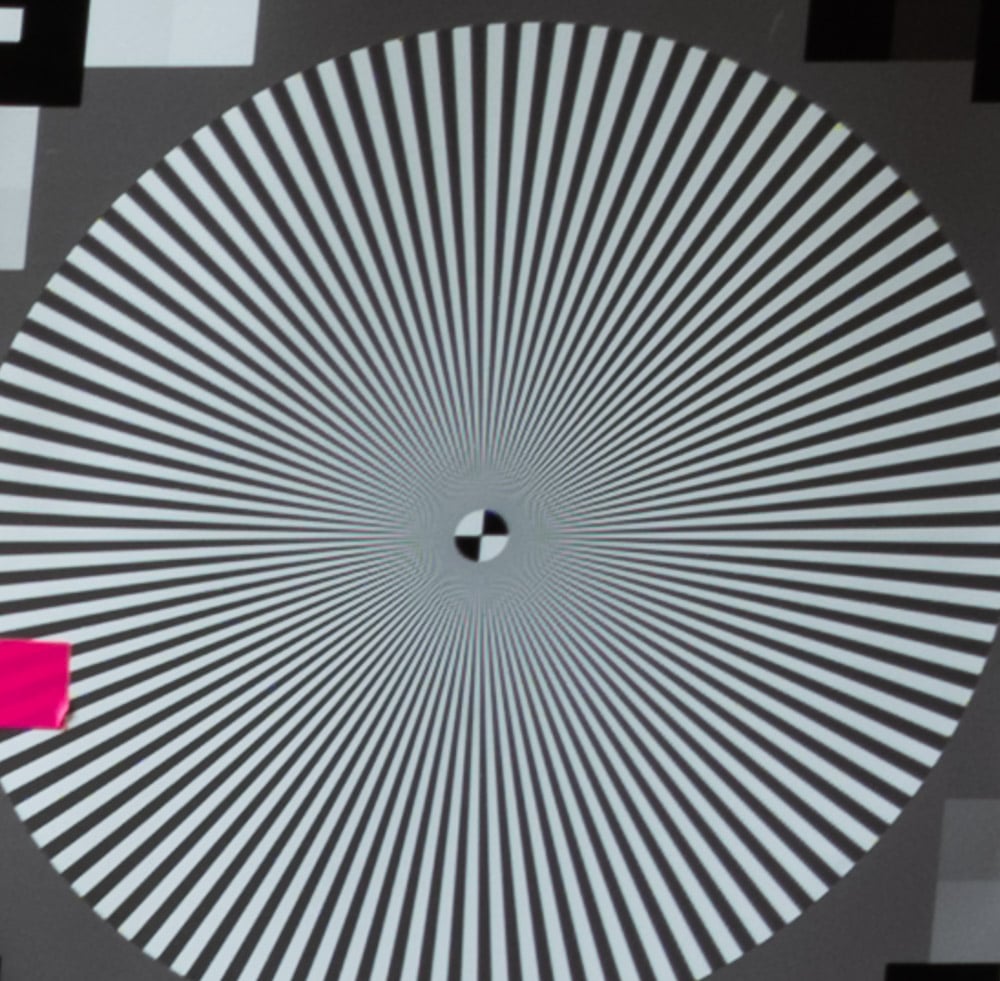
This lens is quite sharp in the corners at 45 mm!
At 100 mm in the center:
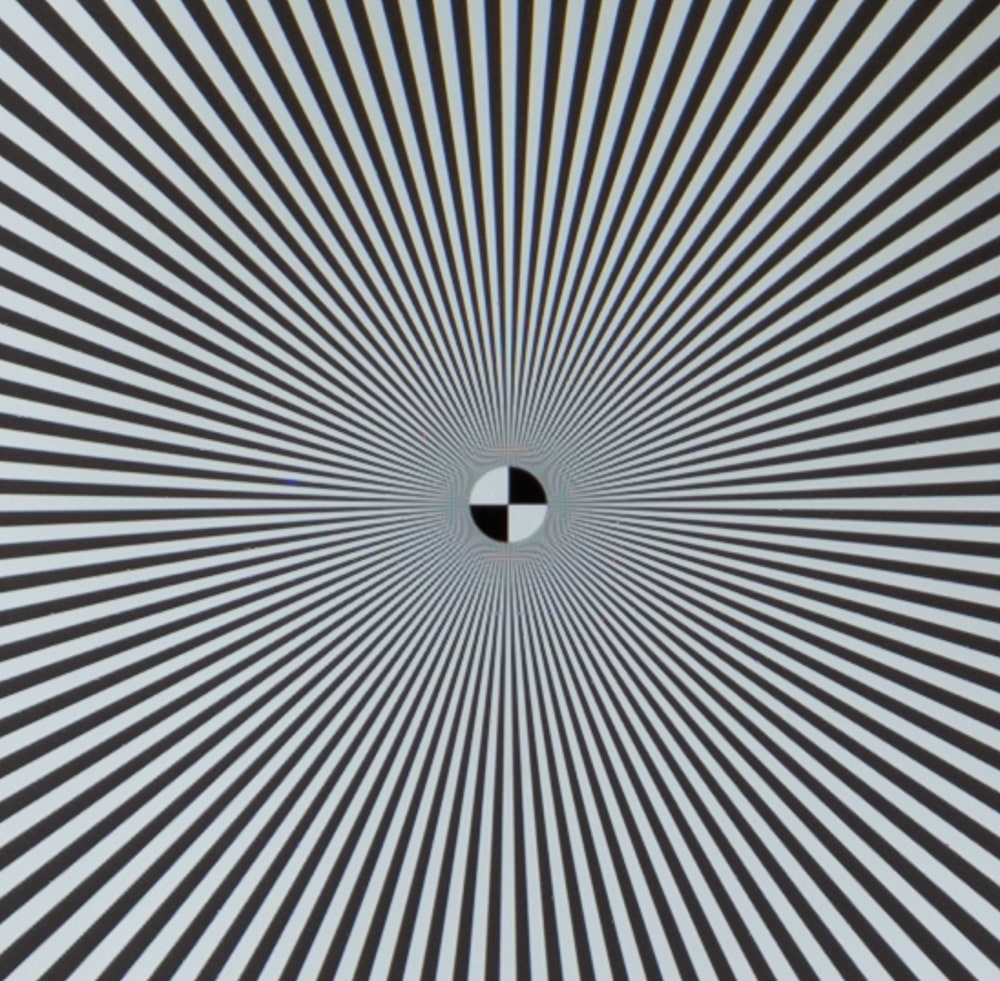
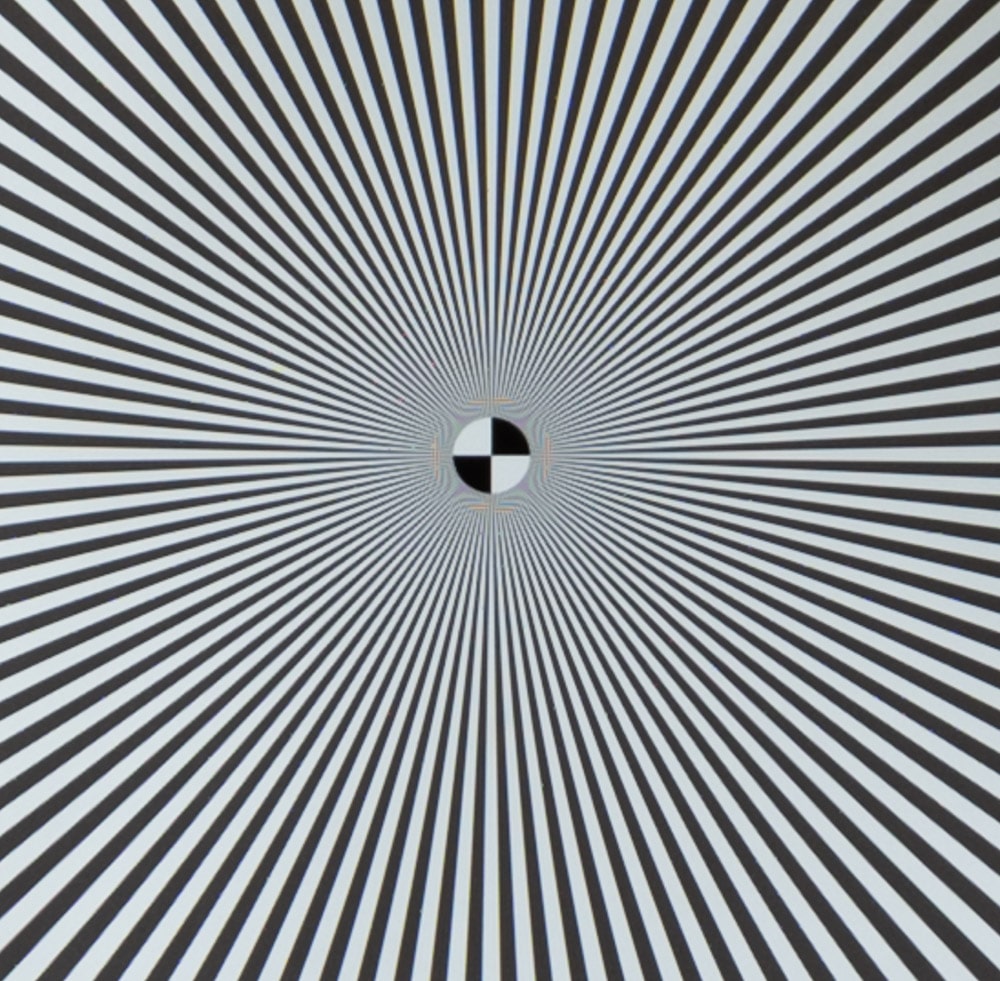
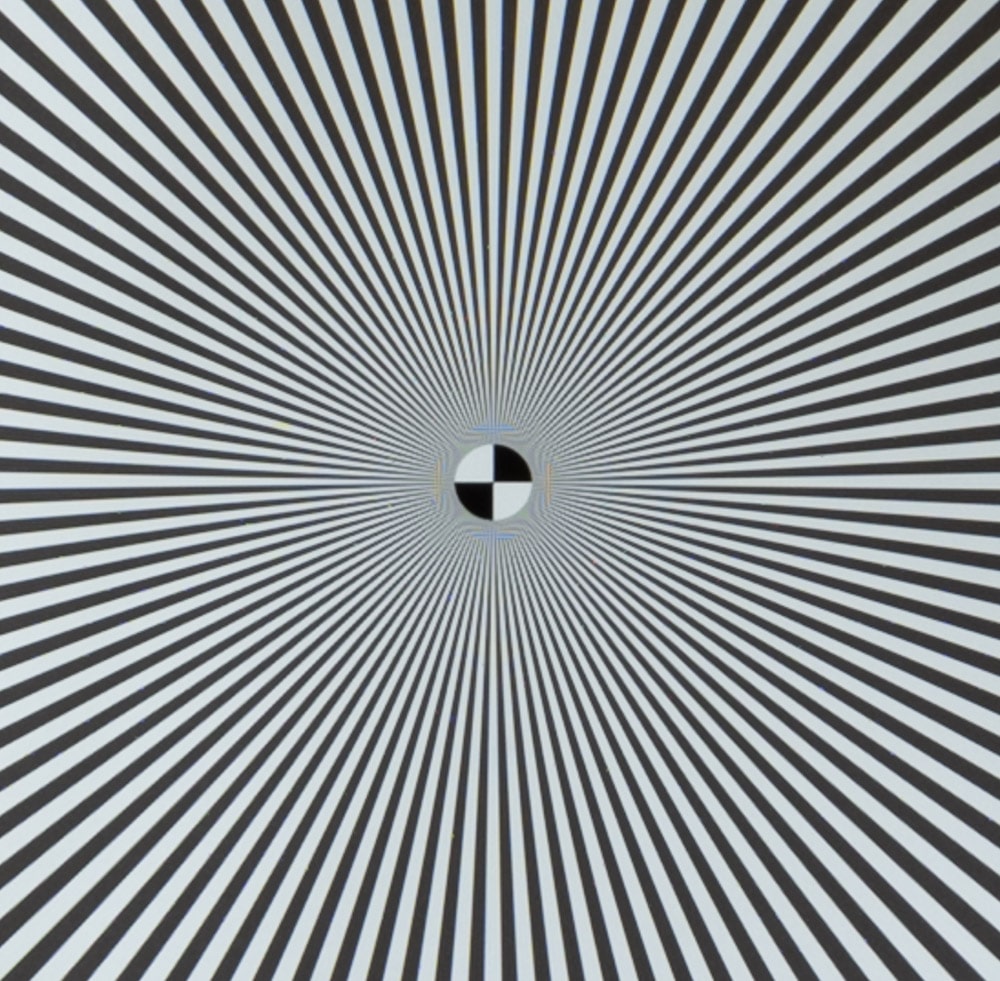
And in the upper-right corner:
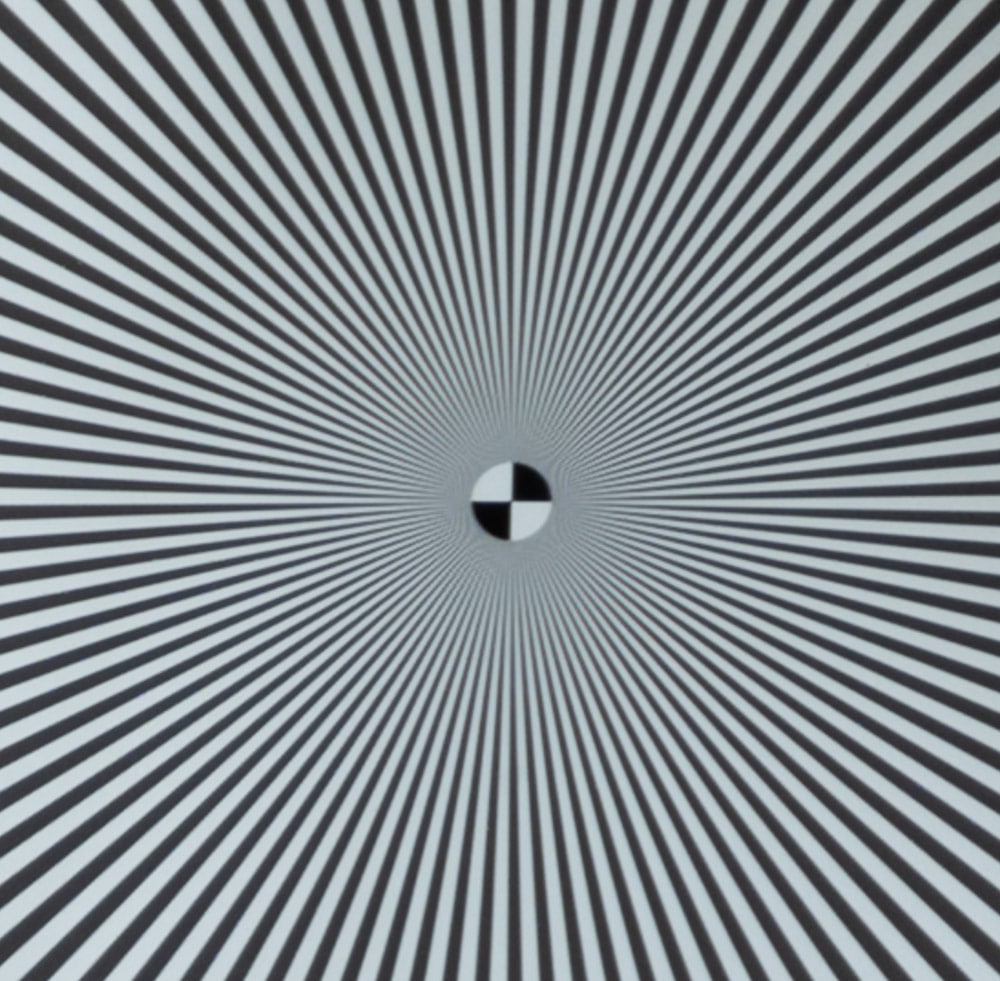
That’s about the same as in the screening test, indicating that focus curvature was not a factor at 100 mm there.
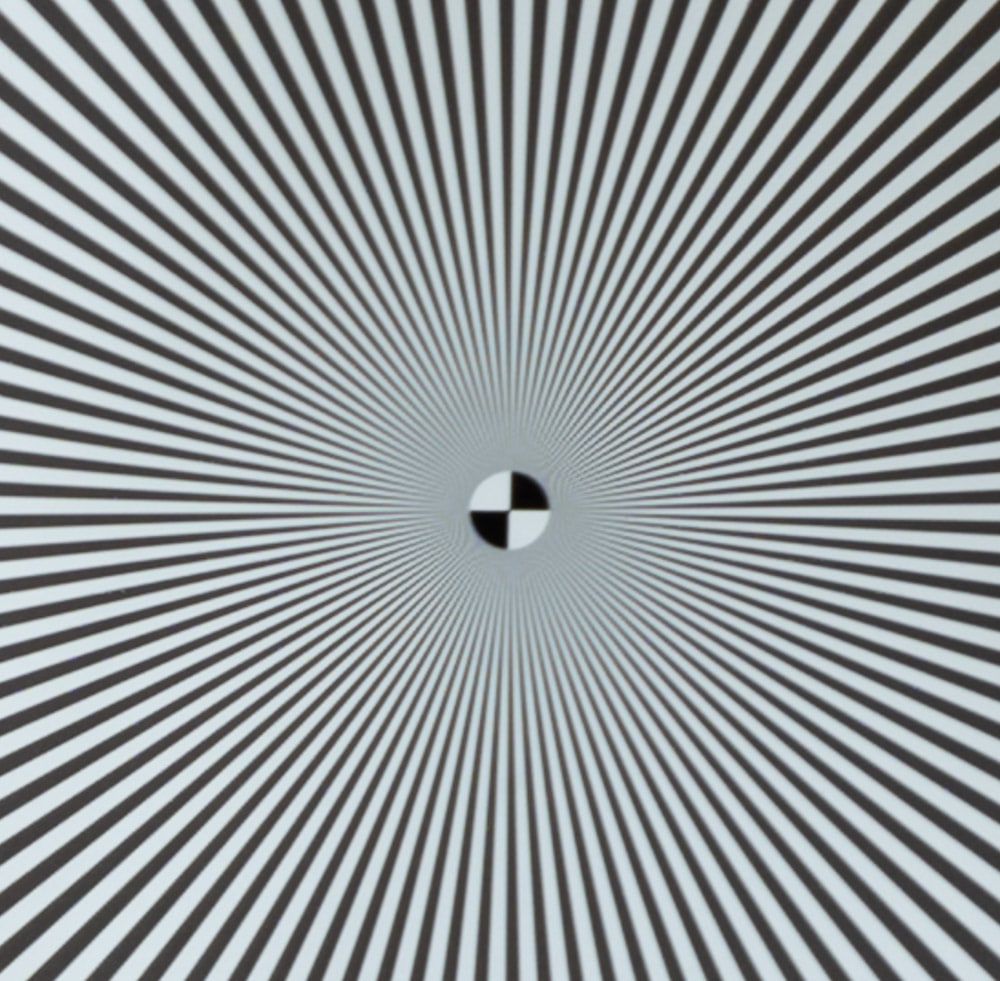
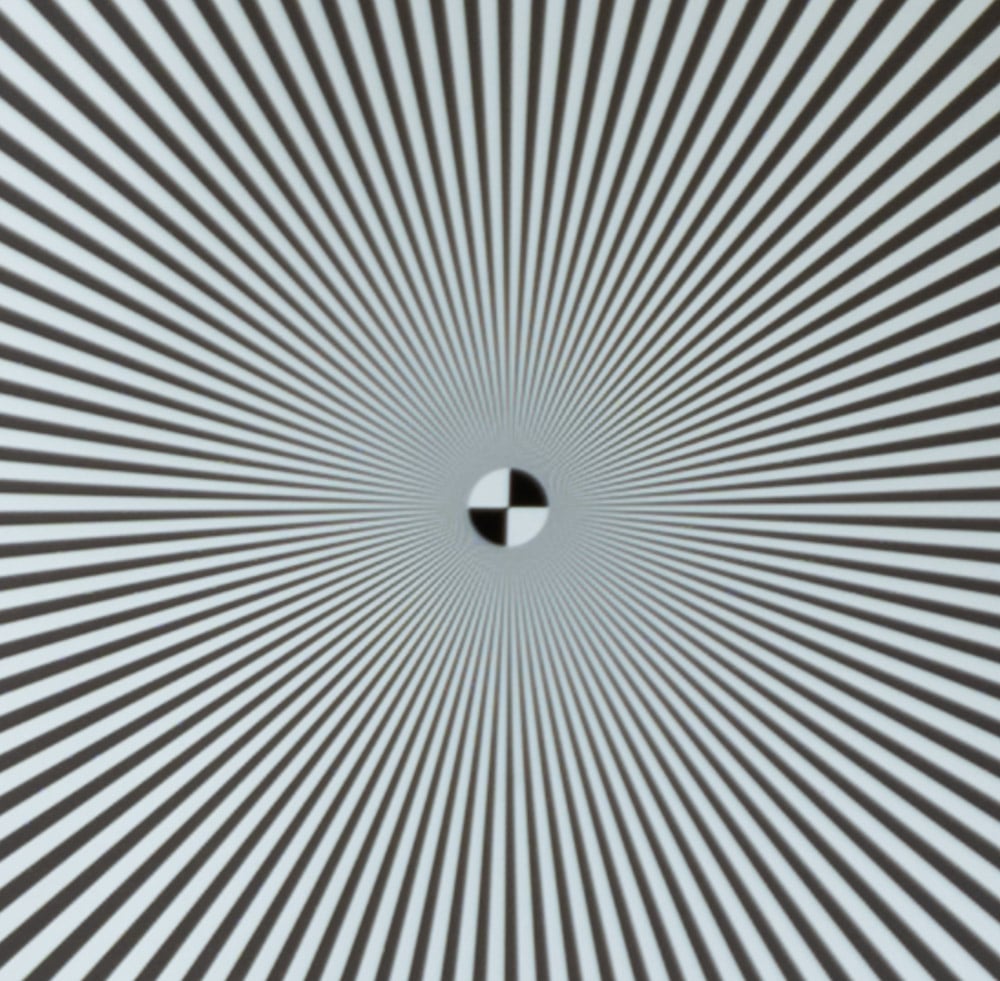
Stopping down doesn’t help much.
Hi Jim,
question: isn’t it the other way round?
If a lens has no field curvature, and if a flat object is parallel to the lens plane and parallel to the sensor, the corners shall be sharp (if the lens is able to perform that well). In such case, the distance from the lens center is larger to the object corners than to the center and in the same ratio, the distance from the sensor corners to the lens center are larger then from the lens center to the sensor center.
In the previous test, were you did not refocus and angled the camera that the object (Siemens star) is in the corner, the distance to the object in the corner is the same like before in the center, but that object is ‘projected’ on the sensor corner which is farer away from the lens center. Therefore, if the lens has no field curvature and if the aperture is large enough not to cover that effect by an enlarged depth of field, the images of the four corners shall be naturally unsharp. Only with a certain amount of field curvature (towards the camera), etc corners would become sharp.
Just my thoughts …
thx a lot for all your efforts,
Christoph
I think you should reread the lens screening test material. All the pages there have links on the right sidebar of the blog home page. The key point wrt your comment is that the distances are chosen to make the CoCs of defocusing error for a perfect rectilinear lens small.
It is true that the right amount of field curvature would produce zero CoC defocus diameter at the corners, but that’s not what we’re seeing here.
The natural focal surface for a positive lens is a conic to a conic, but the goal of optical design is almost unanimously to design one which maps a plane to a plane, as far as field curvature is concerned.
The corners of the focal plane are not the same distance from the exit pupil as the center, either.
Thanks, Brandon. While you’re here, would you mind commenting on what’s going on in the corner, particularly at 100 mm focal length? I am not good at looking at Siemens Stars and breaking down the aberrations.
Not sure what I can add — it’s pretty clean. No coma or astigmatism to be seen.